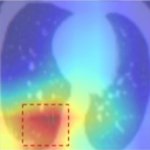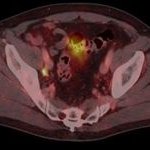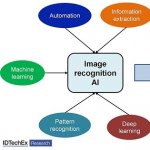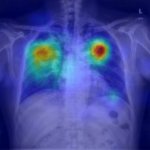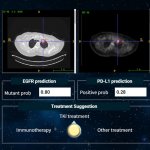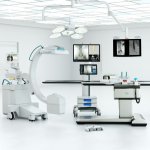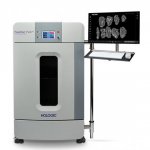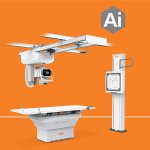
News • Radiology congress in Vienna
Carestream showcases new detector, digital radiography solutions at Virtual ECR 2021
Carestream Health will highlight cutting-edge medical imaging technologies at the largest radiology meeting in Europe—the virtual European Congress of Radiology (ECR) in Vienna, Austria, beginning on March 3. The company will feature a wide range of products that demonstrates its leadership in digital medical imaging capture and processing, and improved user and workflow experiences.




